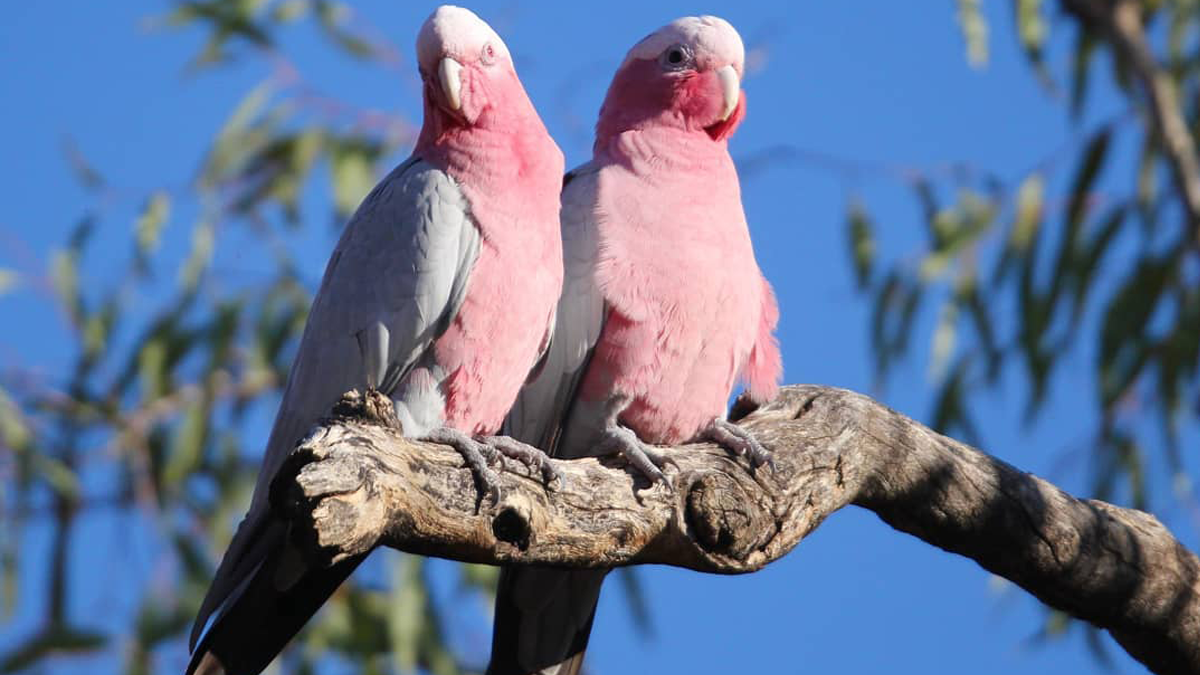
Measuring eucalyptus leaf specimens to gain insights into climate and using ecoacoustics to record threatened bird species are “really, really fast”.
Professor Will Cornwell, in UNSW Science’s School of Biological, Earth & Environmental Sciences (BEES), researches biodiversity and conservation. He started with plant diversity but his interest now includes many different aspects of biodiversity.
“My expertise is looking at big data projects or projects that involve a quantitative angle, but where the goal is conservation of a species or understanding what's going on with our ecosystems. It includes things like managing fire or grazing, or restoring vulnerable and threatened species,” Will said.
He cited two key projects of his with an AI focus.
Measuring eucalyptus leaves
Will led a project with the Botanic Gardens of Sydney, who had previously paid to have their collection of more than 50,000 eucalyptus specimens dating back to 1839 digitised. The Gardens scientists wanted to extract more information, gaining insights into how the species had evolved with climate.
The UNSW team, led by Will and including honours student Karina Guo, learned how to use AI to measure the leaf size of every gum tree specimen in the collection.
“We did testing, built a workflow and then we were able to scale it up. We taught the AI – or robot – to find the leaves and measure them. It classified every pixel as part of a leaf or not part of a leaf, and so on. What would have taken an army of honours students years to measure with rulers took a matter of days,” Will said.
The biggest problem they faced was teaching the robot about overlapping leaves. Once they managed to do that, it could measure thousands and thousands of sheets of specimens and was “extremely accurate”.
“The beauty of these powerful algorithms is that they're so fast at scaling up. Things that were slow five years ago, we can now do from a computational point of view, really, really fast,” Will said.
Karina’s paper on the project was published in Journal of Ecology last year and won the 2024 Harper Prize, awarded annually for the best paper published in the journal by an early career researcher.
Professor Will Cornwell.
Ecoacoustics and threatened bird species
More recently, Will has been working with ecoacoustics, recording nature sounds “very easily and cheaply across large areas”.
“You can leave small recording devices in a forest, for example, and then identify the bird calls from the recordings using AI models. The algorithm turns the call into a picture or spectrogram, and that is then associated with a particular species.
“You might have thousands and thousands of hours of recording which AI is very good at sorting through to find the vulnerable – and rare – species in those terabytes and terabytes of data. One of the birds we have been working with is the Thick-billed Grasswren which has a very distinctive call,” Will said.
Similar to measuring leaves at the Botanic Gardens, previously people would sit and listen for bird calls. Now, AI is trained to listen to thousands of hours of recordings and search for a characteristic call. Once it's found, it’s extracted and sent to an expert to be verified.
“So we can find new places where those threatened birds are, and we can find out when they're using different types of habitat, which then helps us with their conservation. We can also measure whether a threatened species is coming back,” Will said.
A new tool in the toolbox
Will said the fun part is that AI has emerged from computer science, and now we're figuring out what the environmental uses of the technology are.
“We're trying to introduce it throughout the curriculum. We'll get machine learning to teach the honours students and the PhDs and figure out where it fits into the undergrad curriculum.
“It's going to filter into all parts of education, not as whole courses, but it’s a new tool in the toolbox with lots of different applications throughout the whole discipline.”
- Log in to post comments
